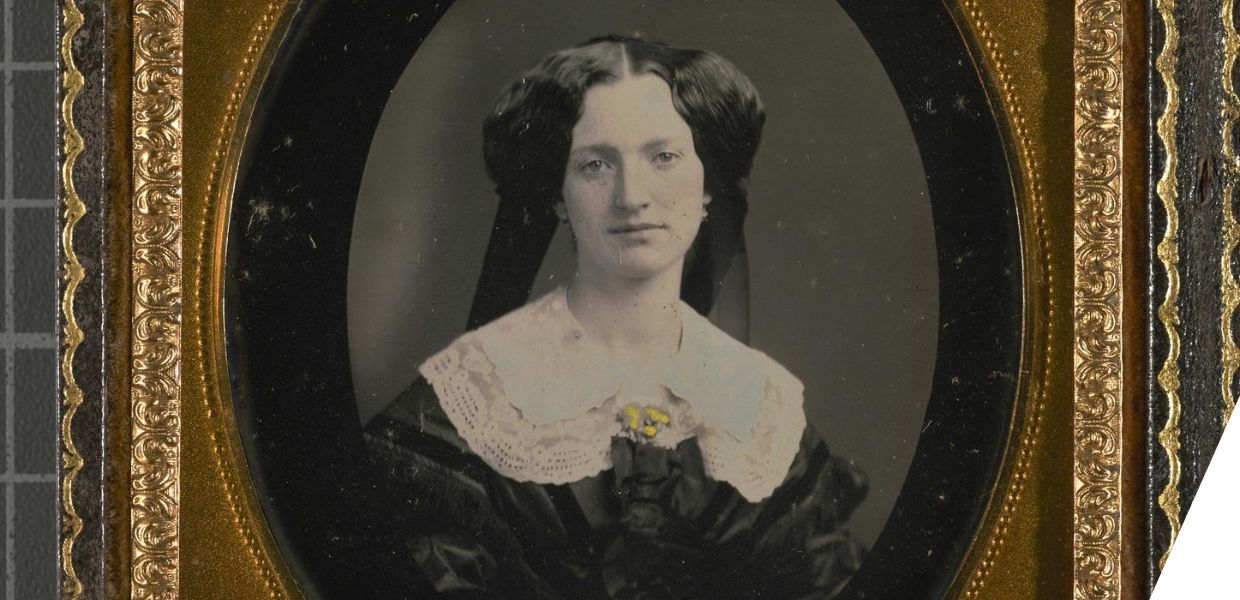Photographic collections in education
The birth of photography dates back to 1839, the moment when the first photographic process, the daguerreotype, was invented. Since then, historical photographs have not only documented historical events but offered a view on how life was in the past.
This has a huge potential in the domain of education: collections of heritage photos help students understand the context of history and relate to the society of the time they are studying. For several years, PHOTOCONSORTIUM has partnered with EuroClio, the European Association of History Educators, to experiment with and reuse photographic collections to develop educational resources on Historiana.
Historiana is an online learning platform developed by EuroClio and the Europeana Initiative. It supports the use of cultural heritage collections in education and helps cultural heritage institutions to display their digital collections and engage with students. It provides students with multi-perspective, cross-border, and comparative historical sources to supplement their national textbooks.
In Historiana, it is possible to reuse digital content, either sourced from Europeana.eu or uploaded by the user, to create source collections on specific themes. These can also be reused in e-learning activities that teachers create and share with their students. These activities delve deeper into themes from the school curriculum, moving beyond textbooks by using compelling photos from source collections and employing a creative approach to present academic subjects, or inspire students to co-create with digital content.
To promote the reuse of photographic heritage and assets in education, PHOTOCONSORTIUM offers a selection of visual content and curated collections, ready to be used by teachers and students in e-learning activities and own materials, in a dedicated Historiana page. Examples of the collections include a detailed examination of the influence of Alexandre Dumas' novels in both figurative and performative arts, and a historical exploration of the traces of Islamic influence in Sicily, showcasing the intangible heritage of Northwest Sicily through images collected by PHOTOCONSORTIUM.
Additionally, in close collaboration with EuroClio and its ambassadors, PHOTOCONSORTIUM created some multilingual examples of e-learning activities that reuse online content in modular exercises, created with the Historiana editor tool. The tool is intuitive, allowing users to build e-learning activities by adding creative blocks of text, questions, and formats for comparing images and incorporating online sources. It also enables the arrangement of sources in space and maps and provides a feature for students to directly respond or take notes.
Examples of the e-learning activities that PHOTOCONSORTIUM published in Historiana include a narrative approach centered on the controversial figure of Jakob Fugger, one of the richest men in history (find out more about him on Europeana.eu). This activity sets the stage for storytelling exercises. Another example employs a deductive approach to investigate gender roles in Western Europe during the 1950s, using photographs from that era to provide visual context and stimulate analytical thinking.
Some of these resources have been co-created together with teachers fromthe EuroClio network, engaging them in discussions with cultural heritage professionals from PHOTOCONSORTIUM network. This proved to be an important connection with benefits on both sides: teachers get the opportunity to talk with cultural heritage professionals about their collections and their educational potential, while sharing with them their requirements, needs and wishes when it comes to accessing online cultural resources. On the other hand, cultural heritage professionals appreciate the opportunity to showcase their content to educational audiences, also learning how to present their content in a way that ensures it will be used in the classroom.
Storytelling for education
Storytelling activities can be inclusive learning experiences because they can utilise communicative media as alternatives to written communication. They offer different ways to express and think, which can be particularly useful when there are language barriers or difficulties. Storytelling in university education has increasingly become a useful tool for enhancing student engagement and comprehension.
To explore the potential of heritage content and storytelling in the context of higher education, PHOTOCONSORTIUM vice president Antonella Fresa ran a teaching module exploring storytelling in cultural tourism, in the course on Territorial politics for tourism and cultural management at the MA degree by Fondazione Campus / University of Pisa. As part of the course, students were invited to create group works and presentations on themes and histories linked to the local territories and their tangible/intangible heritage, by searching and reusing collections sourced from Europeana.eu. The course also introduced the Gallery Builder tool.
This approach successfully integrated storytelling into classrooms using the objects and tools available on Europeana.eu. It promoted a participatory experience where students were encouraged to create their own narratives, drawing from the collections available on Europeana.eu to present case studies, historical accounts and cultural analyses. This active engagement fostered critical thinking and enhanced students’ ability to synthesise information from various sources.
PHOTOCONSORTIUM was also invited to take part in the 2024 edition of the Europeana Digital Storytelling Festival. We conducted a workshop on how the Gallery Building Tool provided on Europeana.eu can be useful both to help the learning activity in schools and universities and to shed light on cultural heritage that otherwise would have been left unseen. Valentina Bachi, Antonella Fresa and Susanna Capannini led the workshop, which had 40 participants.
Find out more
Explore PHOTOCONSORTIUM’s collections on Europeana.eu and discover free historical content, ready to use learning activities, and innovative digital tools made by and for history educators across Europe on Historiana.



